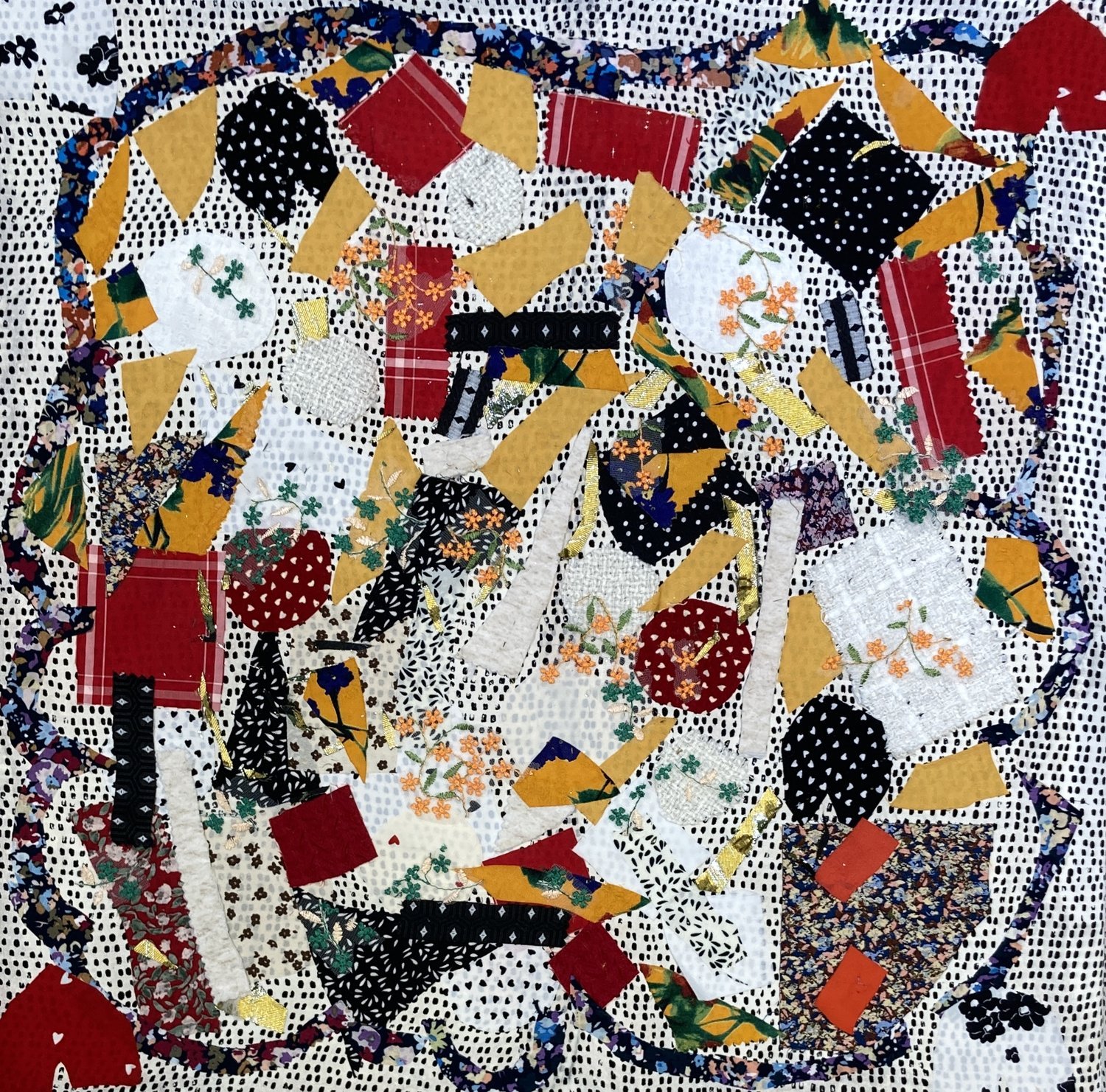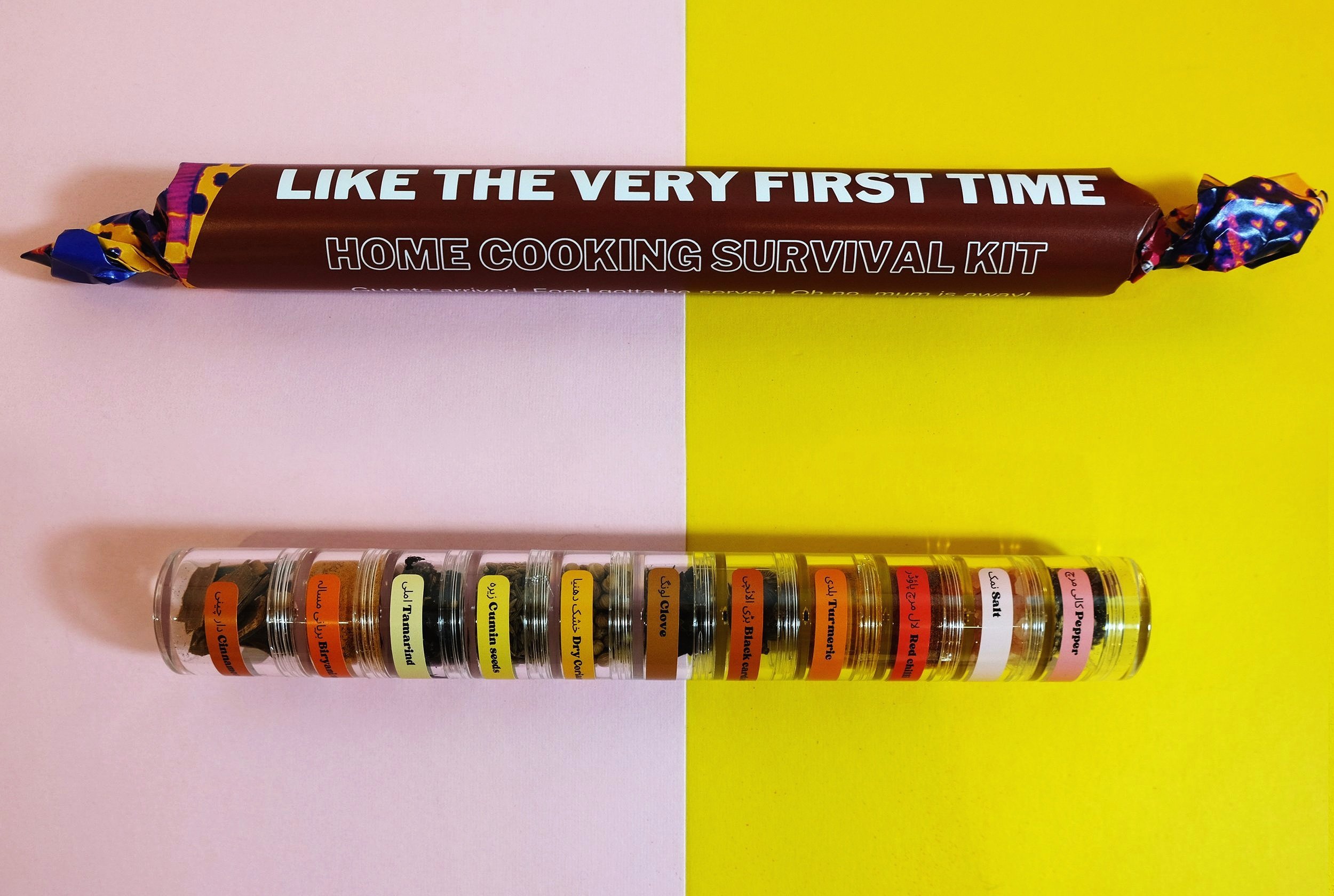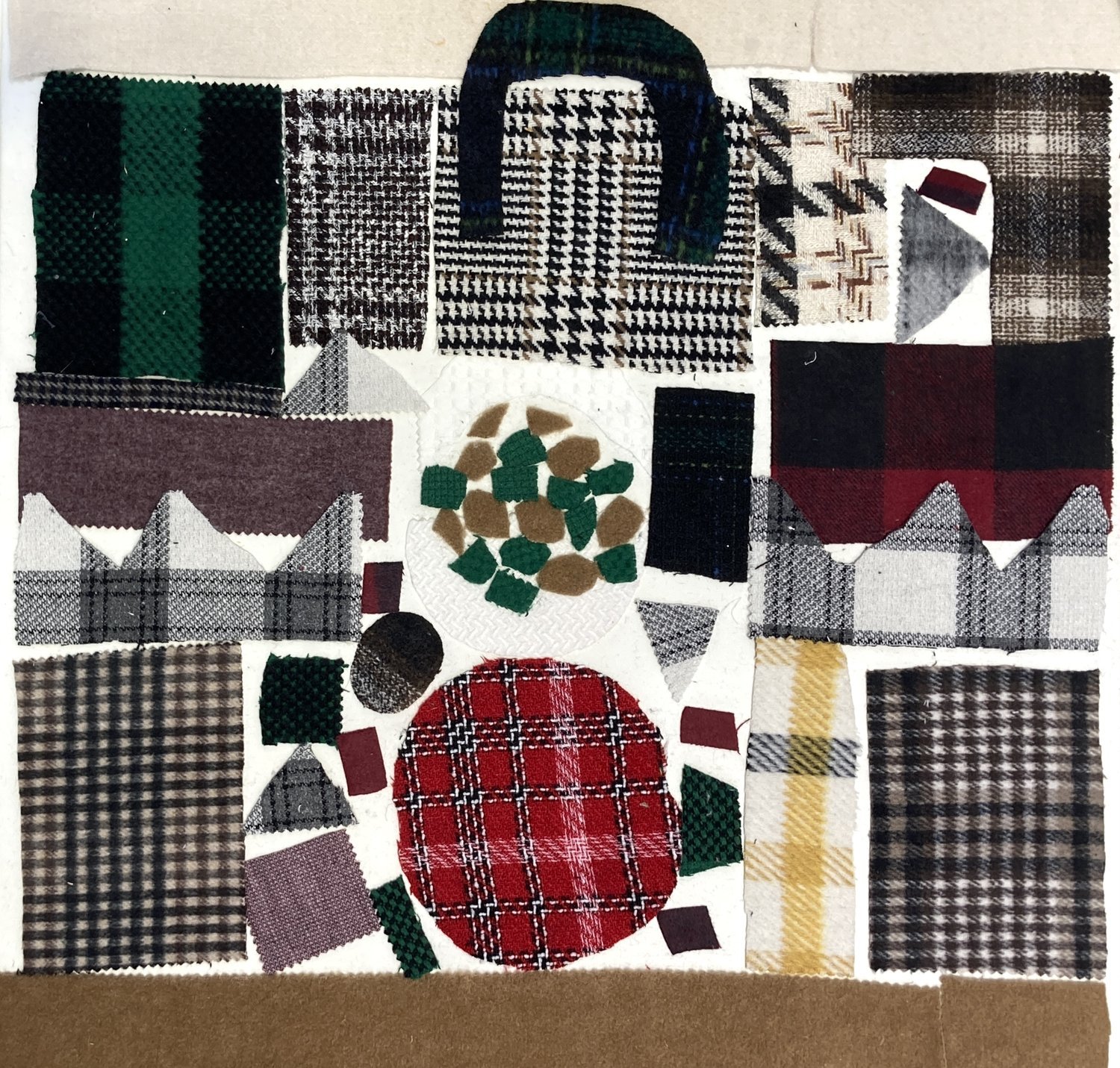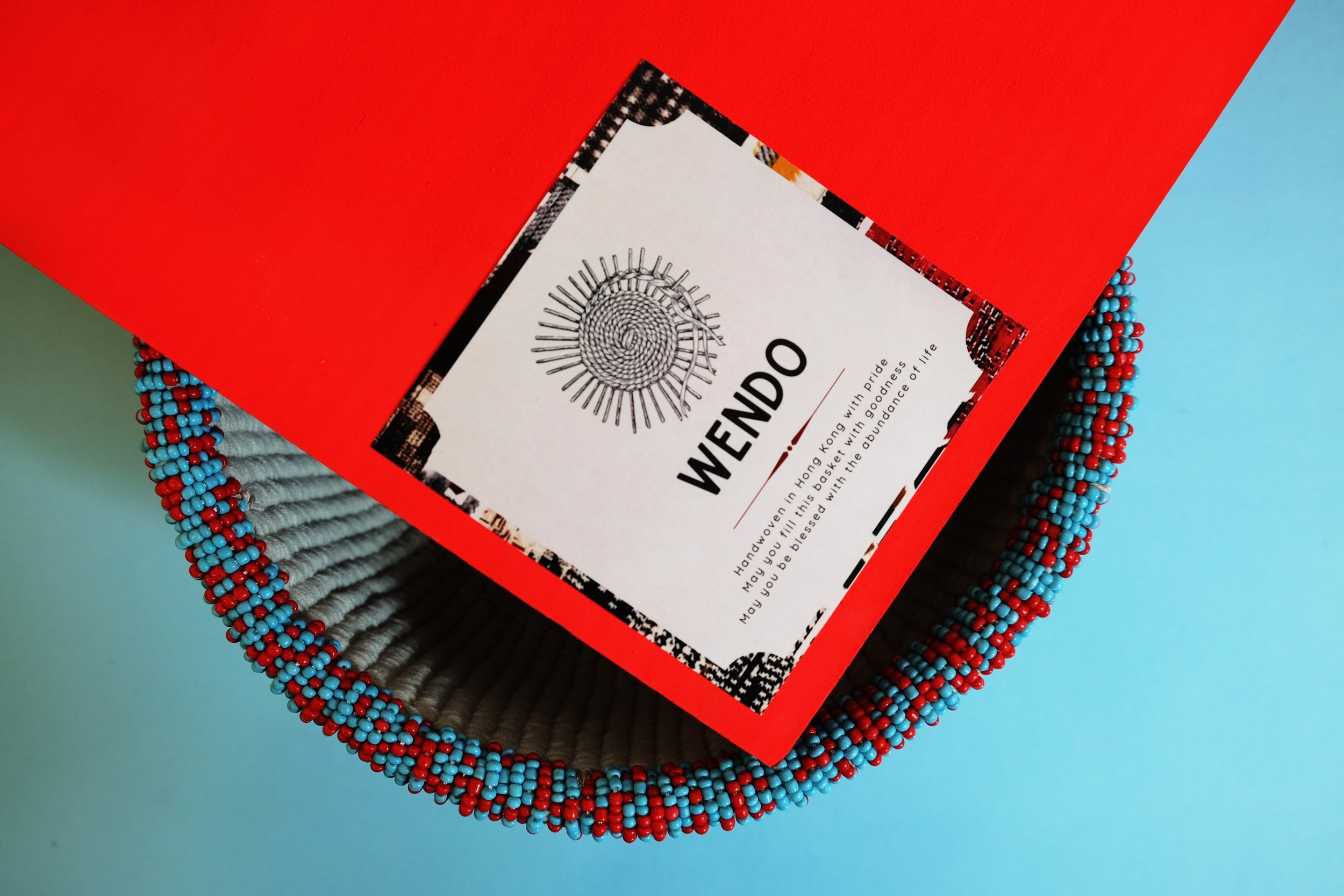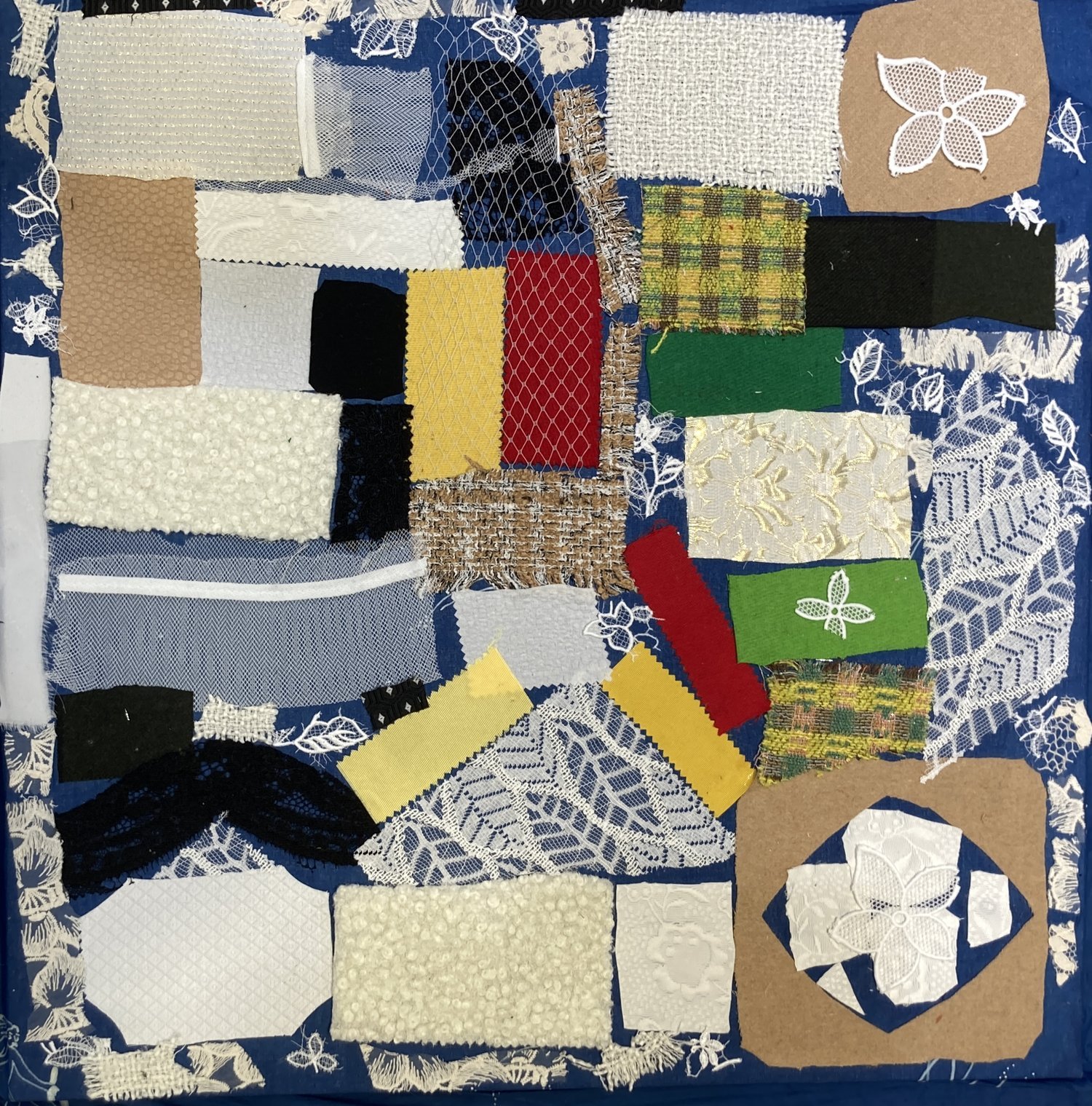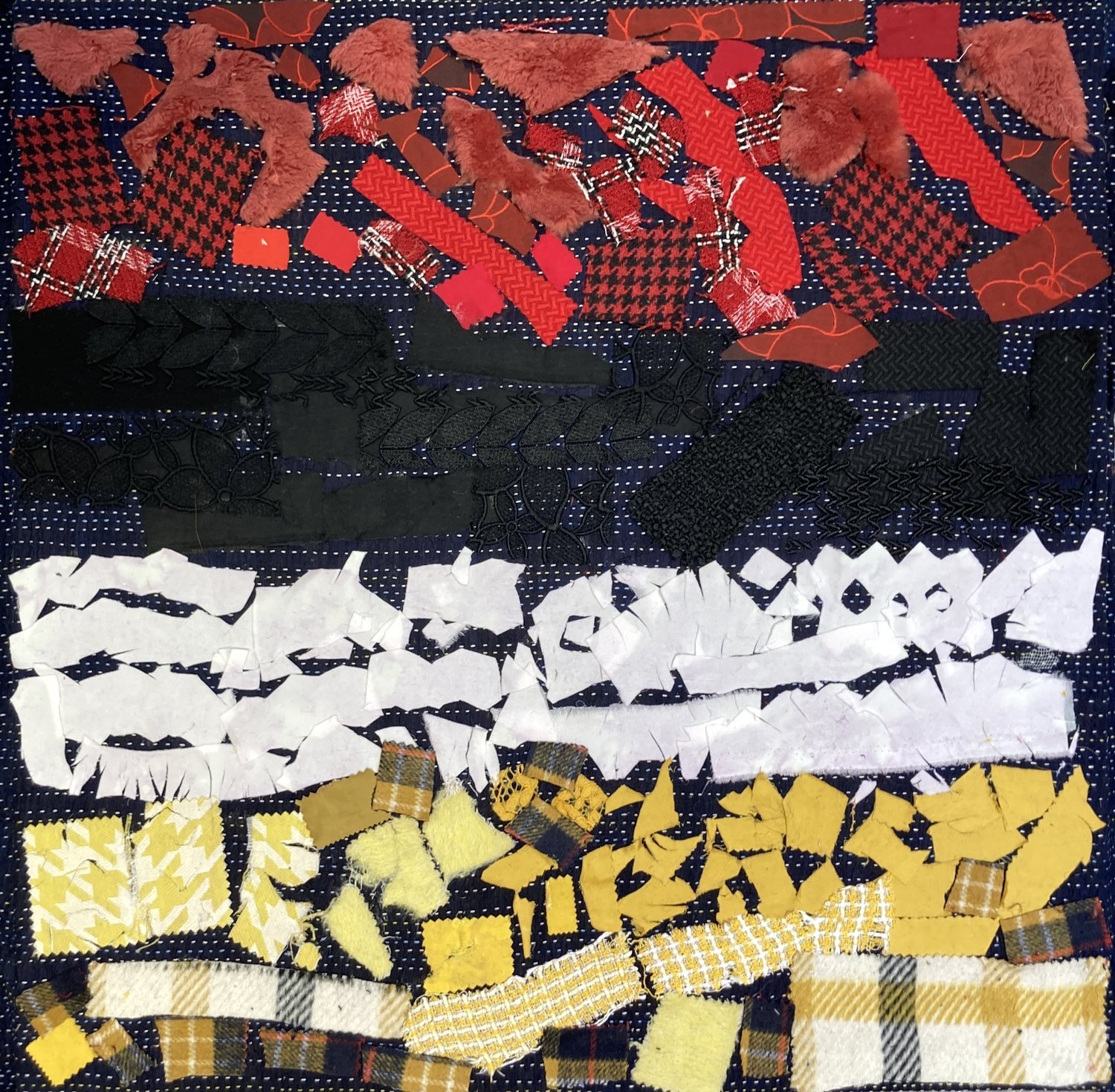【 "always" Exhibition】 and Cultural Sustainability Training
I hosted design and product development training with Hong Kong-based asylum seekers in collaboration with RUN and craft development expert Joseph Lo. Selected textile art and design applications from this training are exhibited in the Design Spectrum’s 【 "always" Exhibition】, as displaced individuals express their rich cultural identities and memories of homes through a coached journey of memory-mining, self-narration, and material experimentation. The exhibition ran from November 22, 2022 to March 29, 2023 at 1/F Central Market and PMQ in Central, Hong Kong.
RUN is a Hong Kong-based nonprofit that supports vulnerable refugees, particularly women, to build resilience and nurture self-reliance for a more hopeful future.
Tracking her memory lane, Ba Ba remembers the walls of her parents’ kitchen, simple and neat. It had everything they needed. She kissed those walls farewell before she fled her country. This kitchen was she cooked chicken biryani for the very first time.
One day when I was 17, guests arrived when my mum was away. In my culture, every woman has to know how to cook, and food has to be served on the table to our guests. So I picked up the ingredients and cooked as my mum did. Ta-da! There was my first Chicken Biryani! Everyone said it was delicious! Mum was surprised. I was proud.
Inspired by the shapes and colours of each essential ingredient of the dish, Ba Ba created the textile collage as if she was sourcing and adding the ingredients, cooking her chicken biryani for the very first time. Her story inspired the product concept of a spice kit called “Like The Very First Time”.
Handwoven baskets have a strong connection to Wendy's culture and tradition. Older women gifts baskets to a bride to bless her with an abundance of food to fill it and feed the family. In fact, baskets built Wendy's life. She made baskets and sold them to pay for her education when she was young. And she hopes to continue building her life, even being overseas, through her talented weaving skills.
Growing up, we knew our grandmother's basket as storage for her grandchildren's food. After school, when we got home, we would go straight to peek in the baskets, and they were never empty. We also use baskets for carrying our harvest from the farms, going to the groceries, and as products to earn an income. I have to keep weaving, and pass the skills to my generation, as we have a saying, 'He who leaves their traditions behind is nothing but a slave to others'. I have a passion for baskets.
Wendy chose fabrics with structures and textures that reassembled the weaving formation and presented the visual memory of looking into a basket full of fresh produces - a sign of blessing and a sense of home. Her personal experience gives the perfect story in presenting her weaving pieces.
L.A.W. raps us a song.
Liberians love to eat rice, eat rice every day. If you haven’t eaten rice that day, then you haven’t eaten. In the 80s, the then President threatened to shut down rice production, and he was basically overthrown because of it. Rice is no joking matter! Eat it with every meal and with everything. All sorts of ways to prepare. So for breakfast, you would eat with stinky fish, fried fish, eggs, sausages, palm oil. Also with potato leaves with stew on Sunday. Rice is life! Even use the rice stalks to build houses and roofs. Pound rice for baby food. Uncle Sam rice makes you feel rich because it’s so expensive! Brown, yellow or white, the rice tells whether you are rich or poor. Every day need to eat rice!
Selecting fabrics with textures that represent different types of rice she could find in the market, with soups that complete the meal, L.A.W. created this piece to tell the story of the rice culture in her home country.
L.A.W.’s story inspired the design concept of a rice brand, “LAW ROYAL RICE”.
After the genocide in Rwanda, the kids and the ladies are gathered in the parks. They were the only ones who remained. "There is no one else. We need to come together. We need to share our culture," they said to the younger ones. So crafts like basket weaving, beading, songs and dances are taught. Keeping these traditions alive was an act of being alive. There, Urugwiro learned the Abakobwa b' Iwacu dance, a dance that displays the everyday life of the average Rwandan. The dance is an interpretation of everything from daily rituals and social issues like a housewife's work or the Guerrilla takeover.
As she demonstrated the dance to the group, teaching us the moves, Urugwiro said,
I feel a sense of pride to perform this dance and tell the story of my people. My favorite part of preparing for this performance is getting to wear my traditional garb.
A range of colours was selected to illustrate the visual and emotional journey of her traumatic experience: red filled the air as violence surrounded her, black (darkness) was the heaviness and sadness in the night, bright white upon sunrise indicated a new start, and yellow gave hope and imagination of a future.
It was hard to relive the sadness, but doing this together as a group was good. I love my culture.
Urugwiro focused on what she is proud of - the traditional dance from her traumatic past - to create hand-beaded jewellery to symbolise the hope found in each new day.

